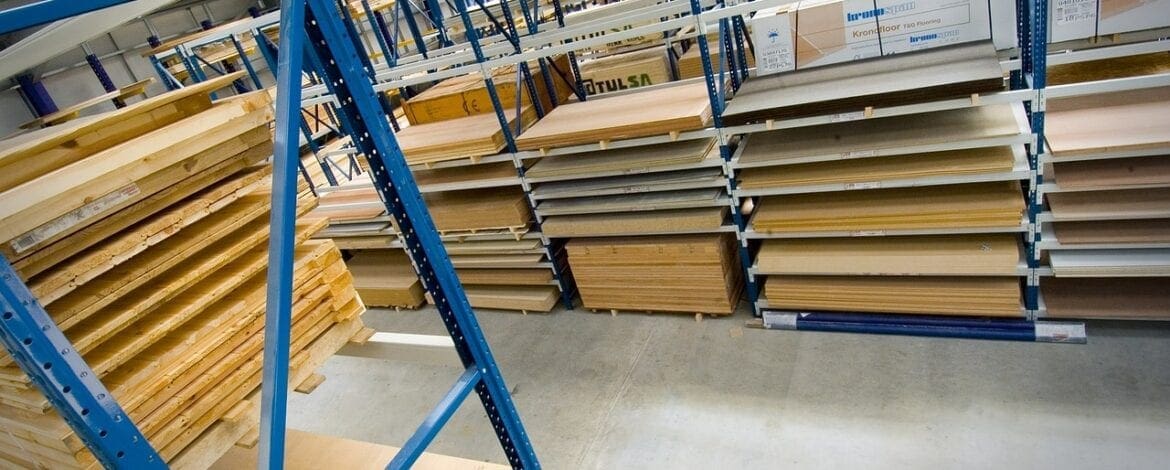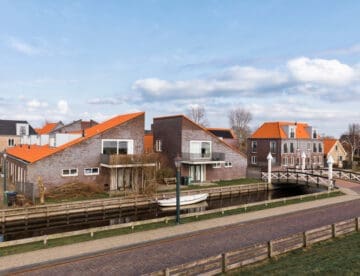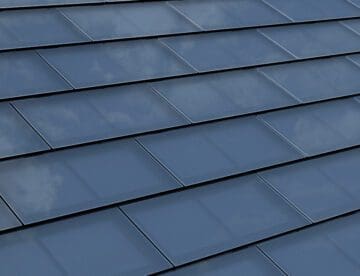Some sheathing must cover the rafters in your roofing structure before you can install a roof on top. The two most commonly used materials for roof decking are OSB (Oriented Strand Board) and plywood. Both are formed from layers of wood bonded into a single panel, which comes in various thicknesses.
When choosing roof decking, it’s crucial to pick a thick and sturdy board to protect the rafters and hold the roofing material. With that in mind, how do you calculate how thick the sheathing needs to be in your particular case?
On this page, we’ll cover everything you need to know about roof decking thickness and help you choose the most suitable decking for your roofing structure.
What’s the Difference Between Sheathing and Decking?
Before we dig deeper into this post’s main topic, we should first discuss the difference between roof sheathing and decking. The shortest possible answer on the difference between the two? There isn’t any. Even though contractors call it differently, sheathing and decking are the same.
As we mentioned above, it’s an integral part of the roofing structure. Depending on the structure’s needs, sheathing can be open, closed, or with gaps between the boards.
In today’s roofing industry, sheathing or decking is now widely used as an essential component of a stable and sturdy roof. It provides a solid, continuous layer that sits right underneath the top layer of your roof.
How Thick Should Plywood Decking Be?
The thickness of your plywood decking depends on many factors. The most notable aspects to pay attention to are your roof’s slope, the weight of other material that’s going over the decking, and the rafters’ spacing in your roofing structure.
Also, depending on your location, you should factor in the amount of pressure exerted by snow and ice weight. For warmer areas like Florida, this isn’t such an essential factor.
With all of these considerations in mind, we can say that the heavier the shingling, the wider the rafter spacing, and the lower the slope, the thicker and more robust the plywood decking should be. To better understand this, let’s look at it through a practical example.
Roof decking thickness: A real-life example
If you have a standard roof pitch with roof rafters set 16’’ apart, an excellent way to go about it would be to install a roof decking that’s at least ⅜’’ thick. Again, keep in mind that this is the minimal roof decking thickness recommended in such a situation.
If you have a roofing structure comprised of rafters that are 20’’ apart or even more, you should install at least ½ or ⅝’’ plywood decking. For most US homes, the most common rafter spacing is 24’’. If you have such a roofing structure, ⅝’’ plywood decking will do the job. It’s sturdy enough to support most types of roofs.
How to Calculate How Much Roof Decking You Need
Aside from determining how thick your roof sheathing should be, you also want to calculate how much material you need upfront. The average-sized plywood sheet of four-by-eight feet is 32 square feet. When you know your roof’s total square footage, simply divide it by 32, and you’ll get the needed amount.
Also, make sure to calculate a 10 to 15 percent waste to ensure you don’t run out of material mid-installation. This will give you a pretty precise figure on how many square feet, and therefore the number of sheets, you need to buy.
How Much Does It Cost to Install Roof Decking?
The price of roof decking can vary significantly based on many factors. The thicker the sheet is, the more expensive it is. Again, considering that one sheet covers 32 square feet, you can expect to pay anywhere from $60 upwards to $100 per single sheet of plywood.
For an average-sized home with a roof of 2000 square feet, this overall estimate ranges between $3600 and $6000. Also, it’s essential to keep in mind that the cost of the installation itself will also vary depending on your location.
With all of this in mind, plywood is the more expensive choice than OSB. If you’re working on a tight budget, you can also use regular wooden boards. They are a viable decking option but are more susceptible to leaking and water damage.
Contact Licensed Professionals for Installation Assistance
Installing roof decking is not an overly-complicated task. Still, it’s one that should be done right if you want to ensure your roof’s maximum longevity.
You should nail very carefully and make sure you always stagger the vertical seams. You also need to be careful not to overload the top at the points where the decking is weakest.
If all of this sounds overwhelming or too risky to do on your own, it’s always best to reach out to licensed and experienced professionals to give you a helping hand. Code Engineered Systems has been a trusted residential and commercial roofing contractor since 2004. Our roofing expertise is the best in the region.
If you need help installing roof decking or choosing the most suitable roof sheathing thickness for your roof, reach out to us today. Call 813-373-9088 to get a free roof estimate for your project. You can also fill out our quick online form, and we’ll get back to you without delay.



